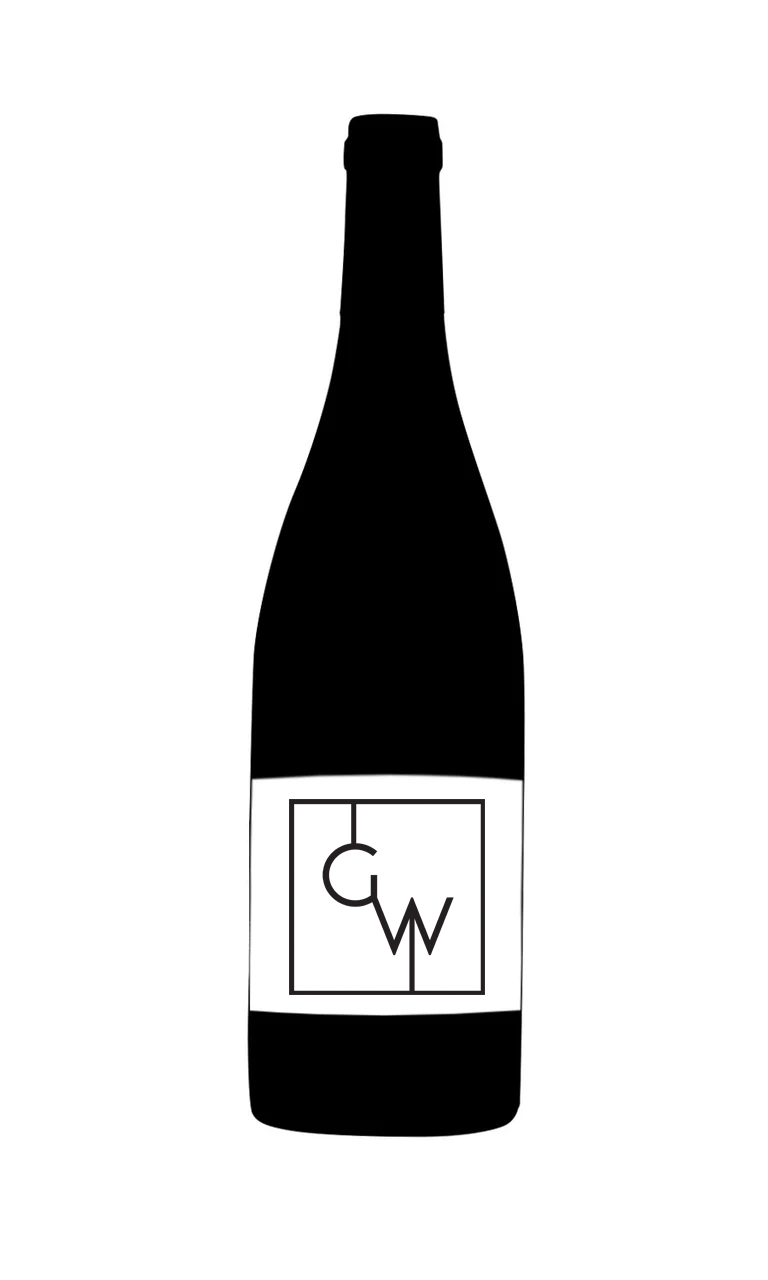
- Colour White
- Producer Schäfer-Fröhlich
- Region Nahe
- Grape Riesling
- Drinking 2023 - 2050
- Case size 6x75cl
- Available Now
2020 - Bockenauer Felseneck Riesling Großes Gewächs Schäfer-Fröhlich - 6x75cl
- Colour White
- Producer Schäfer-Fröhlich
- Region Nahe
- Grape Riesling
- Drinking 2023 - 2050
- Case size 6x75cl
- Available Now
Select pricing type
Need help? Call +44 (0)20 7793 7900 or email wine@goedhuiswaddesdon.com.
-
SP, May 2021, Score: 98
The very refined, flinty and slatey nose pulls you deep down into this astonishingly elegant riesling GG that's almost bone dry, yet glides gracefully over the palate. Then, life becomes very serious, with a long tunnel through this wild and wonderful, rocky hill country and finally you land in a pit of rock salt at the finish. From organically grown grapes with Fair'n Green certification. Drink or hold.
-
SP, May 2021, Score: 98
The very refined, flinty and slatey nose pulls you deep down into this astonishingly elegant riesling GG that's almost bone dry, yet glides gracefully over the palate. Then, life becomes very serious, with a long tunnel through this wild and wonderful, rocky hill country and finally you land in a pit of rock salt at the finish. From organically grown grapes with Fair'n Green certification. Drink or hold.
-
-
SR, August 2022, Score: 98
Coolish, pure and bright, with dashes of lemon oil on crushed blue slate rocks, the 2020 Felseneck GG is a Riesling to wake you up with its tart perfume. With lemon leaves and some sur lie notes on the nose, this is always precise, fresh and flinty and a picture-book Riesling for the favored style of Tim Fröhlich. This is as if the ocean was rushing over this vineyard that bears so much salt and power. In this case, its power and concentration shout for a carafe or a decade of bottle aging. For now, I prefer the purity and crystallinity of the Stromberg, but in the long run, this Felseneck could be unrivalled. 12.5% stated alcohol. Natural cork. Drink: 2030-2050.
Region
Nahe
Nahe is located to the south east of the Mosel. Its climate unexpectedly evokes the Mediterranean, and its slate soils are comparable to the Mosel with the addition of clay, though not as steep. The combination of these two elements seems to give the best of both worlds - the focus and minerality of the Mosel as well as the fleshy fruit of Germany's warmer regions.


